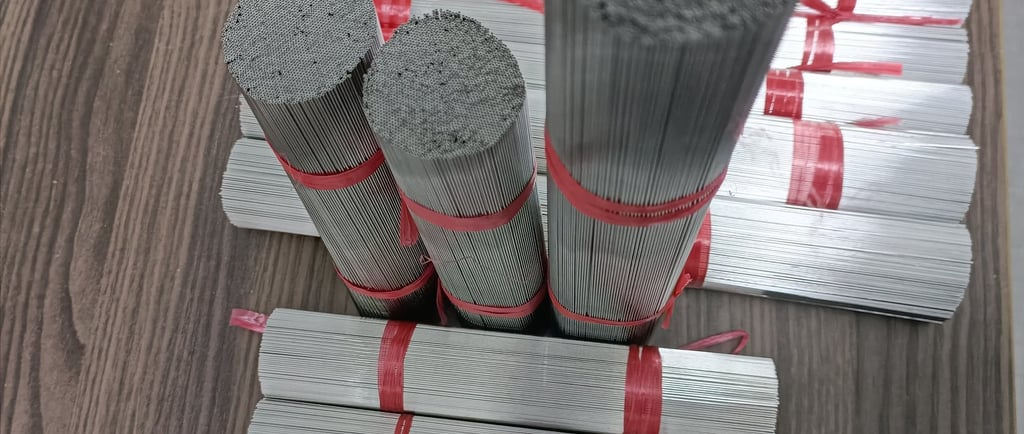The Importance of Capillary Tubes in Transporting Insulating Glass Units to High Altitudes
5/20/2025


Understanding the Challenges of Elevation Changes
When transporting insulating glass units (IGUs) from lower to higher altitudes, there are several factors that come into play. One prominent challenge that arises is the pressure differential that can occur when these sealed units are moved from areas at sea level, such as the Chicago land area, to higher elevations like Denver. The atmosphere becomes thinner as one gains elevation, causing potential complications for IGUs that could lead to damage or malfunction if not correctly managed.
The Role of Capillary Tubes
This is where capillary tubes, also known as breather tubes, come into play. These vital components are installed within the spacer frames of insulating glass units to help equalize pressure between the sealed panes. The primary purpose of these tubes is to provide a channel for air to flow in and out of the IGUs, thereby mitigating the internal pressure that can build up as altitudes change.
When an insulating glass unit is constructed at a lower altitude, it is sealed to maintain its insulating properties. However, upon transport and installation at higher elevations, the reduced external pressure can create a vacuum effect inside the unit. This phenomenon can lead to the delamination of the glass layers or the failure of the gas fill, ultimately impacting the thermal performance of the window.
Benefits of Installing Capillary Tubes
By incorporating capillary tubes during the construction of insulating glass units destined for high-altitude installation, manufacturers allow for necessary pressure adjustments. The primary benefits include:
- Improved Durability: Capillary tubes help safeguard the structural integrity of the insulating glass, ensuring that units perform well over time, regardless of the elevation changes.
- Enhanced Insulation: Maintaining optimal pressure within the unit helps sustain the insulating properties, preventing heat loss and improving energy efficiency.
- Minimized Risk of Damage: By allowing air to equalize, capillary tubes reduce the risk of damage due to pressure buildup, preserving the quality of the product upon installation.
In conclusion, when you transport insulating glass units from low to high altitudes, the use of capillary tubes in the spacer frame is essential for pressure equalization. As homeowners and builders consider window installations in areas with significant elevation changes, understanding the importance of these components can lead to better decision-making and ultimately, more successful installations.